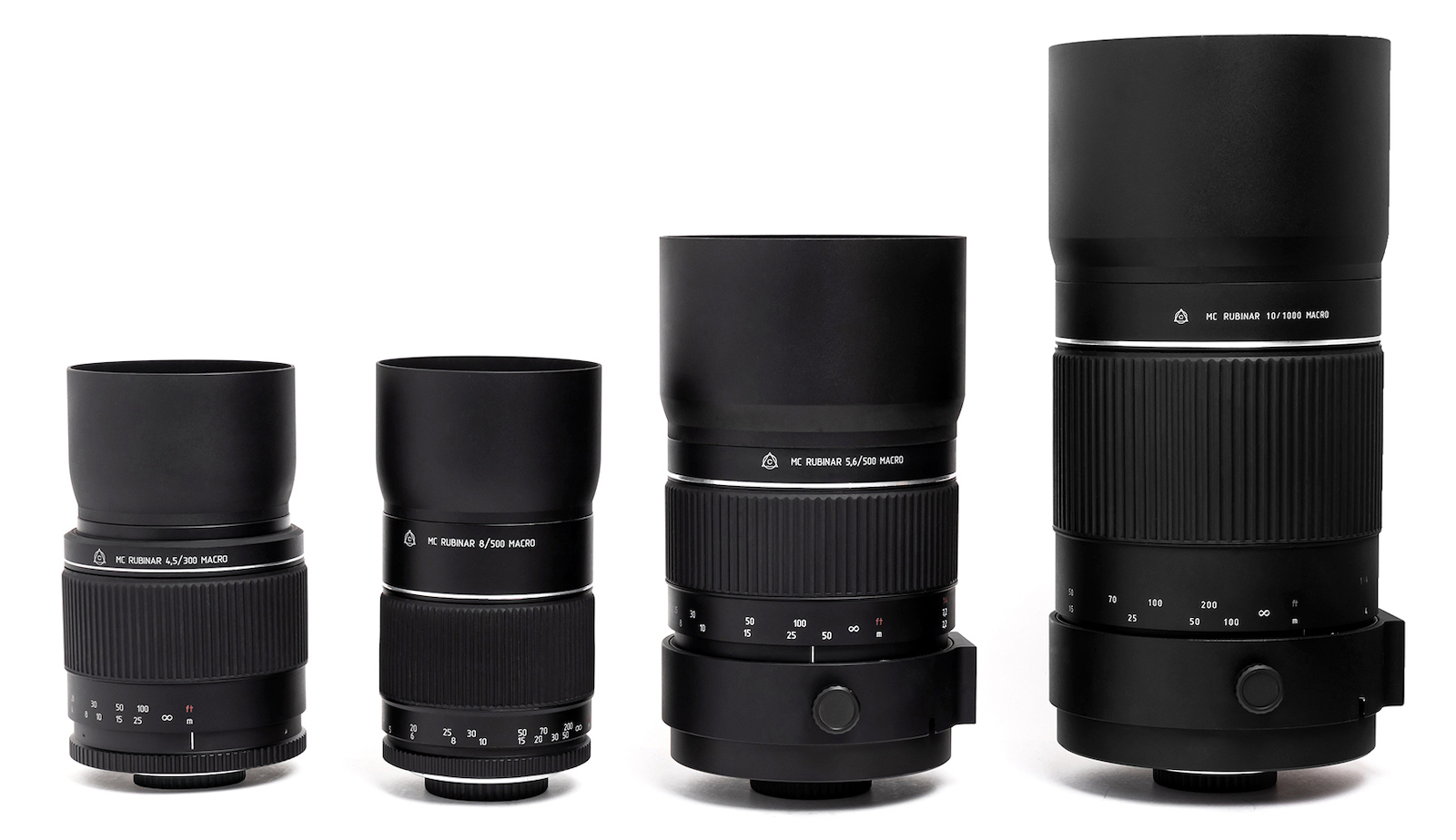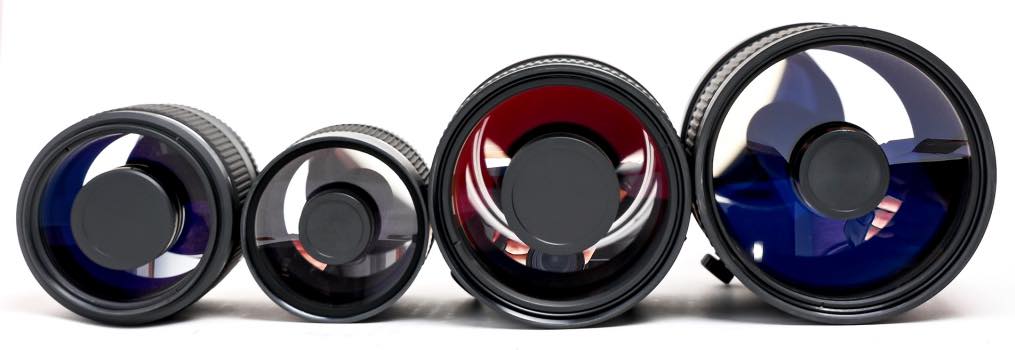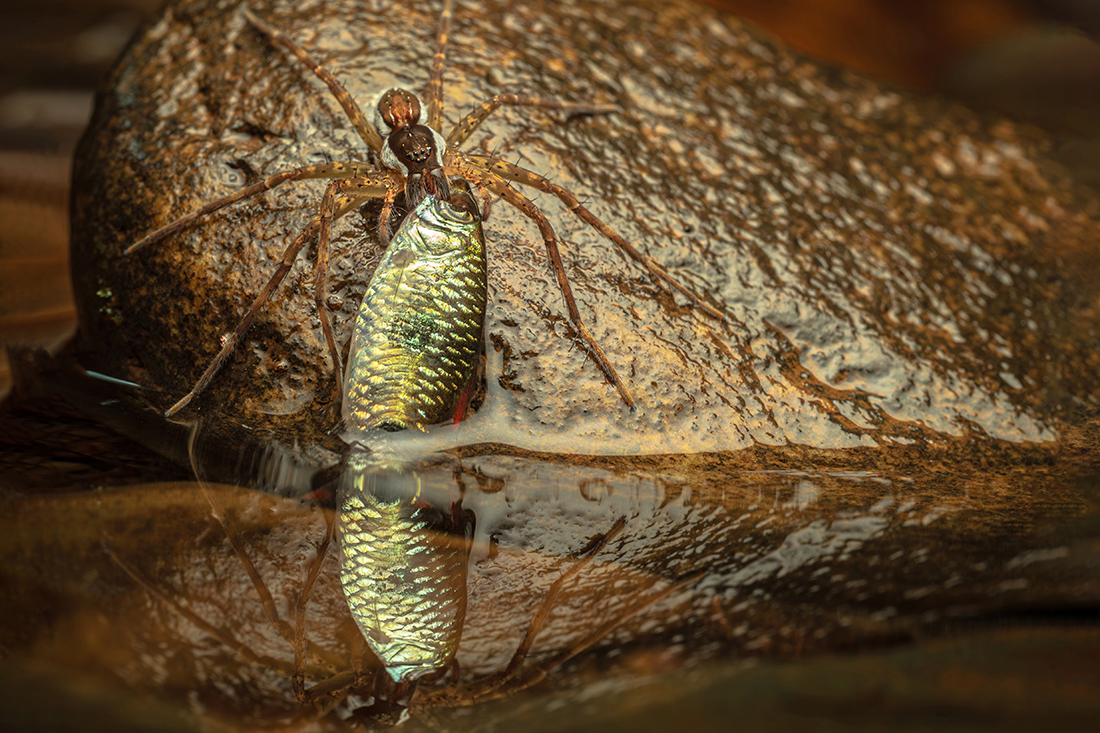Astrophotography just got easier with the new MC Rubinar 1000mm f/10 lens
Russian manufacturer Shvabe has announced a range of lenses, including the Rubinar 1000mm f/10 lens

Russian manufacturer Shvabe has recently announced a line of new mirrored super tele-photo lenses, including an incredible 1000mm f/10 lens. These mirrored lenses have been produced by the Russian state owned company, Lytkarino Optical Glass Plant (LZOS) “Shvabe”.
These lenses include a wide range of focal lengths, but they're all telephotos that are capable of giving photographers plenty of reach. The widest lens is the MC Rubinar 300mm f/4.5, followed by the MC Rubinar 500mm f/5.6 and the MC Rubinar 500mm f/8.
• Read more: Best telescopes for astrophotography
As reported by Photo Rumors, these lenses have some key benefits that could prove quite attractive to photographers, offering incredible reach without the price tag that's usually attached. Generally, mirrored lenses tend to be far less expensive than standard lenses – although no pricing information on these new pieces of glass has been released yet.

One of the other interesting features of these lenses is how they render bokeh. The lenses offer ring-like bokeh, which could help create some dynamic images. This is especially the case with the MC Rubinar 300mm f/4.5 lens – with its shorter focal length and wider aperture, you could could potentially use it as a portrait lens.
Here is a link to some example images taken with the MC Rubinar 300mm f/4.5 with the Sony a7S.
Of course, the most eye catching lens from the bunch is the MC Rubinar 1000mm f/10 lens. This lens offers a ridiculous amount of reach that could help with photographing the moon and general astrophotography.
The best camera deals, reviews, product advice, and unmissable photography news, direct to your inbox!
Unfortunately, the key downside to these lenses is that they don't offer any autofocus features. However, mirrorless cameras offer features such as focus peaking and the ability to check focus through the viewfinder. This could make these Shvabe lenses an interesting proposition for photographers looking for a little more reach without a heavy price tag.
Read more:
Astrophotography: How-to guides, tips and videos
Astrophotography tools: the best camera, lenses and gear
The best lenses for astrophotography
The best star tracker camera mounts
The best light pollution filters
The best CCD cameras for astrophotography
The best spotting scopes in 2021
Usman is a commercial and architectural photographer based in West Yorkshire, who has been working professionally for over seven years. He has also spent over four years as a writer for the biggest photography sites in the world, including Staff Writer for Digital Camera World, senior staff writer for FStoppers, and tech writer for Petapixel.
With a particular interest in technology developments, high-resolution imaging and the high-end cameras, Usman has been on the cutting edge of camera news as well as writing features about medium format systems and global shutters, and has reviewed some of the latest Leica cameras as well as a tripod that’s even taller than Andre the Giant!

